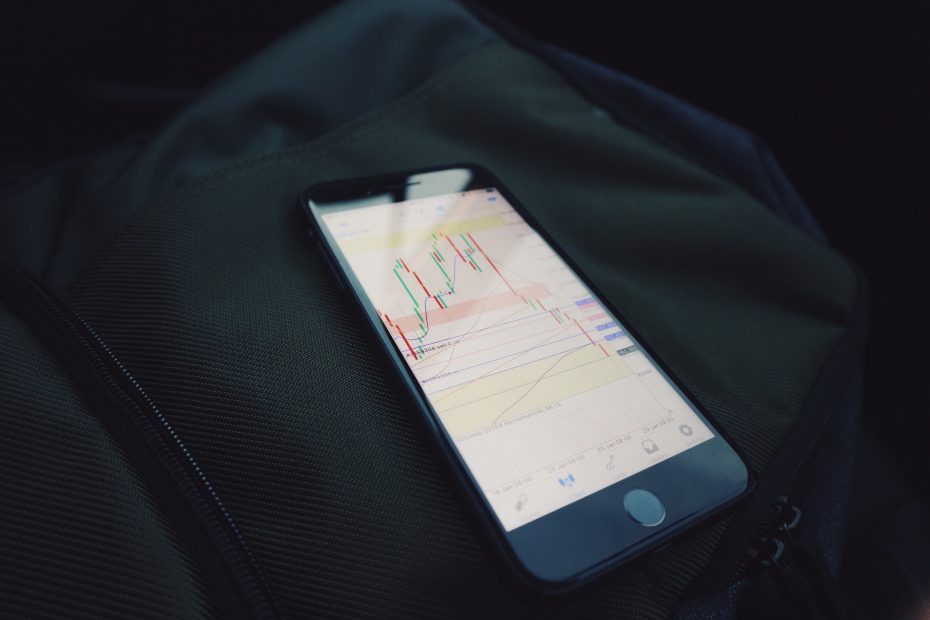One Simple Tip to Make Profits Soar
When investing long in a volatile stock, most will use a protective Put option. But what is a Put option? Which Put option contracts work best as a hedging strategy?
What a Put Option Is
The holder of a Put option contract has the right, but not the obligation, to short 100 shares of stock at a certain price by a specified time.
Imagine Bob has a Put option contract to short the stock ABC at 100 dollars per share. The contract is valid for three months. If stock ABC is currently trading at 120 dollars per share, it would make no sense to exercise this option. This means he could sell or short the stock at 100 dollars but needs to buy or cover it at 120 dollars for a loss of 20 dollars per share. Selling low and buying high is mostly bad for profit making.
If stock ABC fell to 90 dollars per share, Bob could exercise his Put option contract and pocket the 10 dollars per share difference.
The most Bob can lose is the amount paid for the Put option contract, or his premium. The most he can make is 100 dollars per share if the company goes bankrupt. How does this Put option contract help Bob trade the volatile stock ABC?
Trading Volatile Stocks
Bob also loves to invest in high growth stocks that soar during bull markets, but often crash during bear markets. Over the last many years of trading Bob has averaged a net profit of zero. While half of his stock picks go up 50%, the other half go down 50% annually.
- Half of Bob’s high growth stock picks appreciate 50 percent per year
- Half of Bob’s high growth stock picks depreciate 50 percent per year
- Bob does not make money
Bob needs to limit risk with the purchase of a long term Put option contract on stock ABC. How does that affect his trading?
Volatility and Put Options Combined
A theoretical pricing model for stock options will be used to calculate the premium for this Put option contract. The stock will be assumed to have 40% implied volatility, and the Put option contract will have 360 days until expiration.
Stock ABC is trading at 120 dollars per share. Bob enters a trade at that price. Bob also purchases a Put options contract at the strike price of 108 dollars. If the share price drops from 120 dollars to 108 dollars per share, or 10%, his Put option will become active and offset his subsequent losses dollar for dollar. This Put option costs 12 dollars per share and has a year until expiration. Under most circumstances he can only lose 10% of his investment.
Because he is buying insurance on all of his stock, the profits will also be reduced by the amount of the premiums paid. When half of his stock rises 50%, the profits will need to be reduced by 10% to factor in the cost of Put options.
Another system that has the potential to double an investors capital in little over a year even in bear markets is highlighted in this article.
Bob’s New Trading Portfolio
This is what Bob’s new portfolio looks like:
- Half of Bob’s high growth stock picks appreciate 40% per year (share price appreciation – options premium)
- Half of Bob’s high growth stock picks depreciate 10% per year (share price depreciation + options premium appreciation)
- Bob now profits 30% per year
Of course, these are not exact numbers as each portfolio is unique. But the point is clear: if unsure of how to trade these most volatile stocks, use a long-term Put option contract as insurance to keep a healthy upside while limiting the downside risk.
